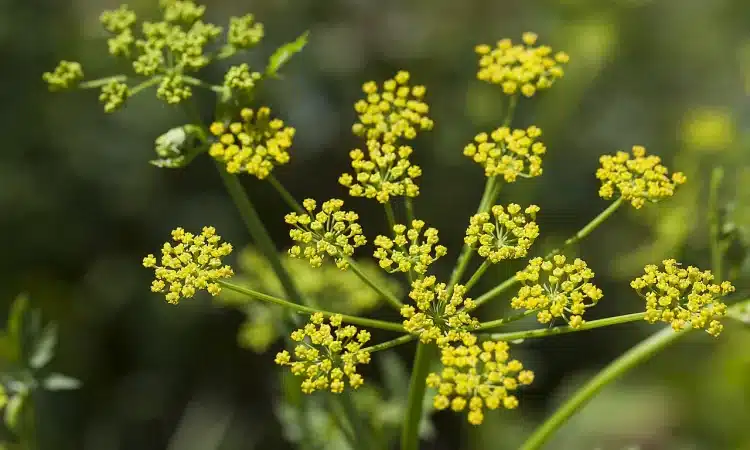
July is usually the peak season for sun and summer, but it’s also the peak season for a plant you should stay away from. Wild parsnip is in full bloom these weeks, and it’s one to watch out for. It is related to the hogweed and contains the same poison as the dreaded plant – furanocoumarin.
Therefore, the delicate yellow-budded plant, which is particularly common along roads and verges, can cause significant burns that can be extremely painful. This is according to Emil Sanderhoff, nature guide at Skovsgård Estate on Funen.
The Danger of Wild Parsnip
“They’re flowering now (wild parsnips), which makes you want to pick them and make bouquets of them because they’re pretty and smell good. But you shouldn’t, because you’ll get a nasty and painful rash if you come into contact with the juice,” says Emil Sanderhoff. The plant’s juice is particularly harmful when exposed to sunlight.
Common Locations
Wild parsnip is found in many places at the moment, especially along roads and paths. Be cautious if you are near these areas as there is a high chance of encountering this plant.
Aggravated by Sunlight
On sunny days, the plant’s effects are even more dangerous. “On sunny days, they are particularly toxic because it’s the sun that activates the toxin. Therefore, if you get the juice on you, you should avoid sunlight on the affected area for 48 hours,” advises Emil Sanderhoff.
Increased Presence This Year
Wild parsnip is not a new phenomenon. The plant has been around for many years, but according to Emil Sanderhoff, it may have extra good conditions this year. “A lot of plants are flowering this year. This is probably due to favorable conditions in the spring, where it has been humid and relatively mild. As a result, the plants are thriving, including Wild Parsnip.”
Awareness and Precaution
According to Emil Sanderhoff, it’s important to be aware of the plants you need to be careful with in nature, such as Wild Parsnip. However, there is no need to panic as long as you know how to behave. “There are several poisonous plants in Danish nature. Therefore, you need to know that they are there, know what they look like, and avoid picking them or coming into contact with them. With wild parsnips, it’s the juice that is poisonous.”
What to Do If You Come Into Contact
If you come into contact with the sap, wash the area thoroughly with water as soon as you can. “If it gets really bad, you should of course seek medical attention,” says Emil Sanderhoff.
Stay safe this summer by being aware of wild parsnip and other poisonous plants. Enjoy the beauty of nature from a safe distance and protect yourself from potential harm.

